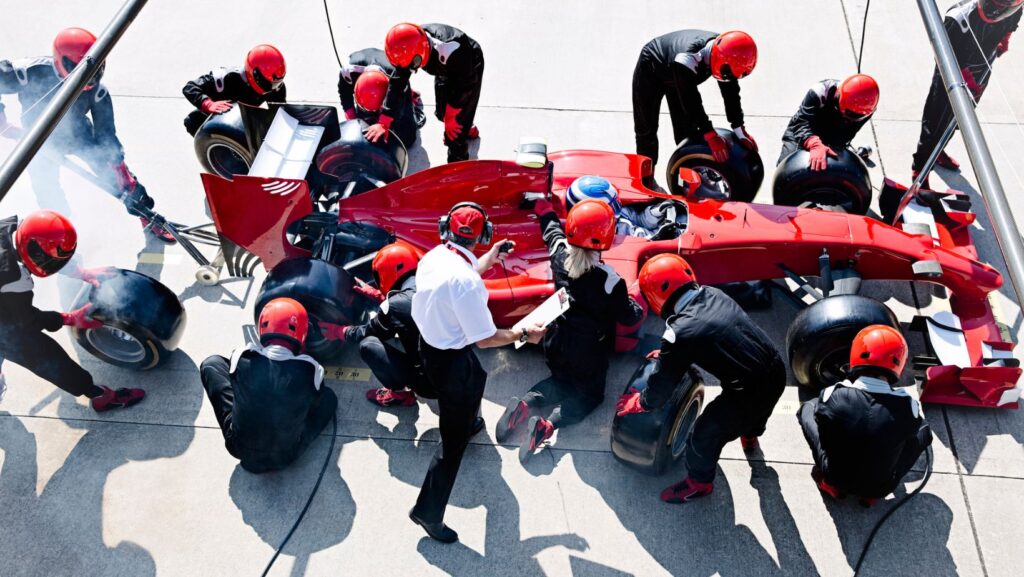Innovative Technology: What is Drs in Formula 1 Racing
What is Drs in Formula 1 Racing
Formula 1 racing incorporates a technology known as the Drag Reduction System (DRS) to enhance overtaking opportunities on the track. DRS plays a crucial role in reducing aerodynamic drag for a following car, allowing it to gain speed and close the gap to attempt an overtaking maneuver. The system focuses on the rear wing of the car, which can be adjusted to reduce drag and increase straight-line speed in specific zones of the track, showcasing a precision and efficiency that parallels the principles of home design, where every detail is optimized for both function and aesthetics.
DRS activation is regulated by the FIA (Fédération Internationale de l’Automobile) and is only allowed in designated zones during the race. These zones are typically on straight sections of the track where overtaking opportunities are more feasible. When a driver is within one second of the car ahead at a detection point, they are permitted to activate the DRS to gain a speed advantage and attempt an overtake.
By opening the rear wing, the driver decreases the downforce on the car, reducing drag and allowing for higher straight-line speeds. However, it’s important to note that DRS can only be used in specific circumstances to prevent excessive speed differentials between cars, ensuring safety on the track. The strategic use of DRS can be a game-changer for drivers, as it provides a temporary speed boost that can make overtaking maneuvers more achievable.

What Does DRS Stand for in Formula 1 Racing?
In Formula 1 racing, DRS stands for Drag Reduction System. It’s a crucial technological feature that allows drivers to enhance their overtaking opportunities during a race. Regulated by the FIA, DRS enables drivers to adjust the rear wing of their cars in specific zones on the track. When a driver is within one second of the car ahead in designated areas, they can activate the DRS to reduce aerodynamic drag.
DRS plays a significant role in improving a driver’s straight-line speed by decreasing drag, which is essential for successful overtaking maneuvers. By strategically opening the rear wing, drivers can gain a speed advantage over their competitors, making it easier to attempt overtaking moves on the track.
Understanding how to effectively utilize the Drag Reduction System is paramount for drivers looking to gain a competitive edge in Formula 1 racing. It requires precision and strategic decision-making to know when and where to activate the DRS system for maximum benefit. Mastering the use of DRS can significantly impact a driver’s ability to overtake opponents and secure a better position during a race.

How Does DRS Work in Formula 1 Racing?
In Formula 1 racing, the Drag Reduction System (DRS) is a crucial technology designed to enhance overtaking opportunities on the track. Regulated by the FIA, drivers can adjust their rear wing within specified zones when they are within one second of the car ahead. This adjustment reduces aerodynamic drag, allowing the driver to increase their straight-line speed significantly, making overtaking easier.
When a driver is within the one-second gap behind another car, they can activate the DRS by manually opening a flap on the rear wing. This adjustment alters the aerodynamics of the car, reducing drag and increasing speed. As a result, the driver can get closer to the car in front and attempt an overtake during braking zones or straights.
However, there are restrictions on the use of DRS to prevent its misuse. The system is only allowed in specified DRS zones on the track, usually located on long straights where overtaking is more feasible. Additionally, there are restrictions on when the driver can activate the DRS during a race. For example, DRS usage may be prohibited during the first two laps of a Grand Prix or if the driver is attempting to defend their position from a rival.
The Drag Reduction System (DRS) in Formula 1 racing plays a pivotal role in enhancing overtaking opportunities and race dynamics. As the sport progresses, the future of DRS remains an intriguing aspect, with potential advancements in technology and regulations to further improve racing spectacle. By adapting to these changes, drivers can continue to refine their strategies and skills, ultimately influencing their performance on the track. Stay tuned for the evolution of DRS in Formula 1, as it continues to shape the competitive landscape of the sport.

